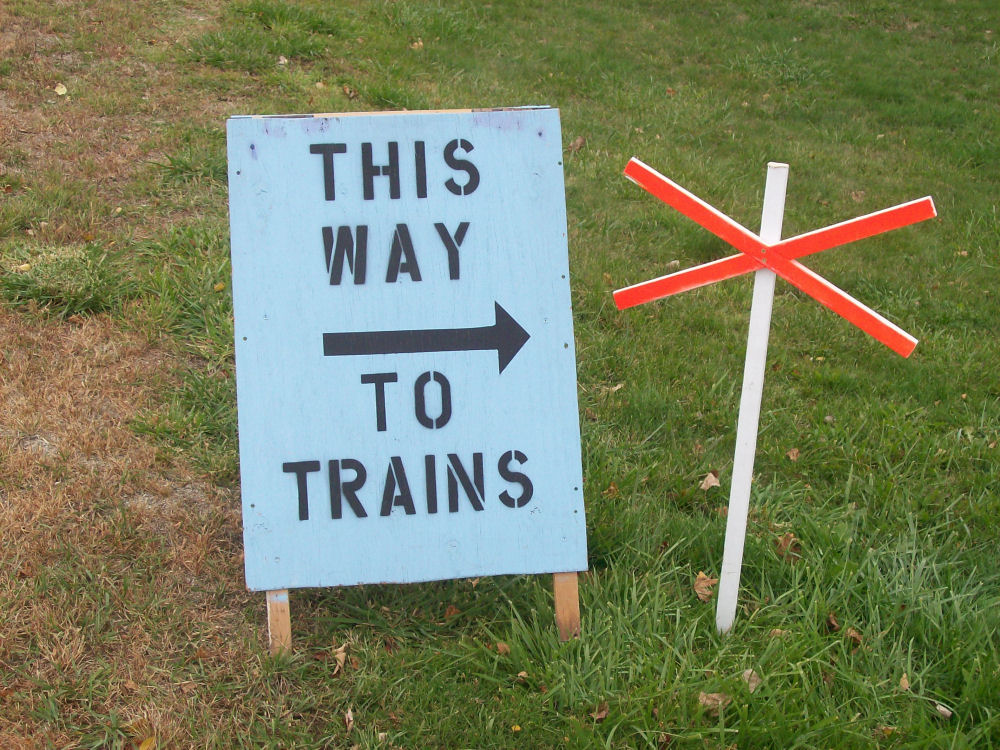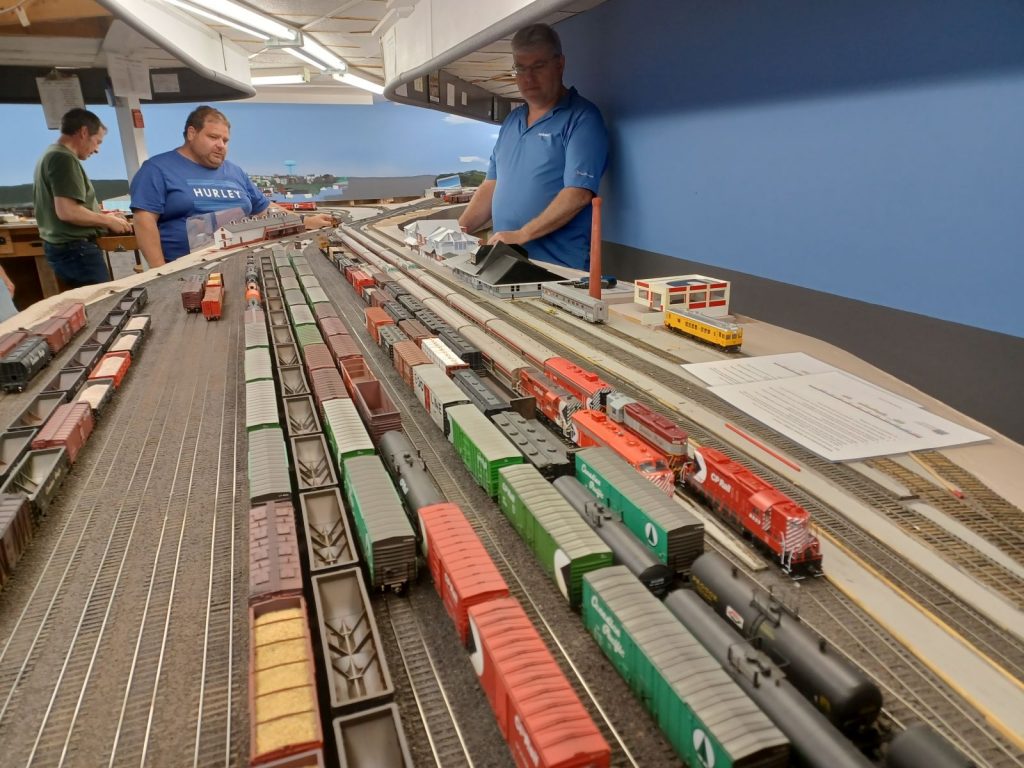RULES GOVERNING OPPOSING AND FOLLOWING MOVEMENTS OF TRAINS OR ENGINES BY SIGNAL INDICATION
261. On portions of the railway, and on designated tracks so specified in the time table, or by special instructions, trains or engines will be governed by block signals whose indications will supersede superiority of trains for both opposing and following movements on the same track.
262. Special instructions as may be necessary to govern this method of operation may be issued. Except as affected by such instruction and Rule 261 inclusive, all Operating, ABS, and Interlocking Rules remain in force.
CENTRALIZED TRAFFIC CONTROL RULES
Note: wherever the words “train dispatcher” appear herein, they apply to the employee performing the duties
263. Rule 261 applies in CTC. The movement of trains and engines will be supervised by the train dispatcher who will issue instructions as may be required.
The train dispatcher must be advised in advance of any known condition that will delay the train or prevent it from making usual speed.
264. When a train or engine is stopped by a signal indicating STOP and no conflicting movement is evident,
a) a member of the crew must immediately communicate with the train dispatcher, stating his name, occupation, location and train or engine number
b) If there is no conflicting movement, the train dispatcher may authorize the train or engine to pass the signal, but before doing so must provide protection against all opposing movements. The train or engine so authorized must proceed at restricted speed to the next signal and be governed by Rule 104A at spring switches, Rule 104B at dual control switches, and Rule 672 at automatic interlockings.
c) Instructions received from the train dispatcher must be in writing and repeated before being acted on, and train dispatcher must make the proper record immediately.
265. When a train or engine is stopped by a signal indicating STOP and all means of communication have failed, such signal may by passed under protection of flagman but only to enter the siding or clear the main track governed by the signal. Rule 104A must be complied with at spring switches, Rule 104B Paragraph 2 at dual control switches, and Rule 672 at automatic interlockings.
266. A train or engine may be given exclusive occupancy of a track or tracks within specified limits and specified times to perform switching or other work when authorized by the train dispatcher in the following manner: “(train or engine) may use (track or tracks) between … and … (or at …) …m until …m”
When requesting track and time limits, employee will give his name, occupation, location, train or engine number and specify time and work limits and track or tracks to be used. When such authority is granted, the instructions must be in writing and repeated to the train dispatcher before being acted on, and no movement may be made under this rule until the engineman has been advised and understands the track and time limits granted.
After the train or engine has entered the limits specified, the train dispatcher must block all levers controlling signals governing movements into such limits at Stop and must not remove lever blocks nor permit any other train or engine to enter the limits until track and time limits have expired unless the train or engine is reported clear or the track or tracks specified.
During the period track and time limits are authorized, the train or engine may use the track or tracks specified in either direction without flag protection.
The train or engine must be clear or the track or tracks specified, switches restored to normal position before expiration of the time specified, and the train dispatcher so advised. If not clear by the time specified, protection must be provided as prescribed by Rule 99. If additional time is required, authority must be secured from the train dispatcher before previously authorized time expires.
268. A train or engine may not enter nor foul a main track, nor re-enter a main track after having cleared it, except by signal indication or until permission has been received from train dispatcher.
269. In CTC, protection of rear of train on the main track between switches of a siding, and at such places as may be designated in special instructions, is not required.
270. Unless otherwise provided, train displaying signals will continue to display them through the territory.
272. When CTC operation is interrupted or suspended, trains and engines will be governed by instructions from the train dispatcher.
273. Special instructions as may be necessary to govern this method of operation will be issued. Except as affected by such instructions, Rule 261 and Rules 263-272 inclusive, all Operating, ABS, and Interlocking Rules remain in force.


